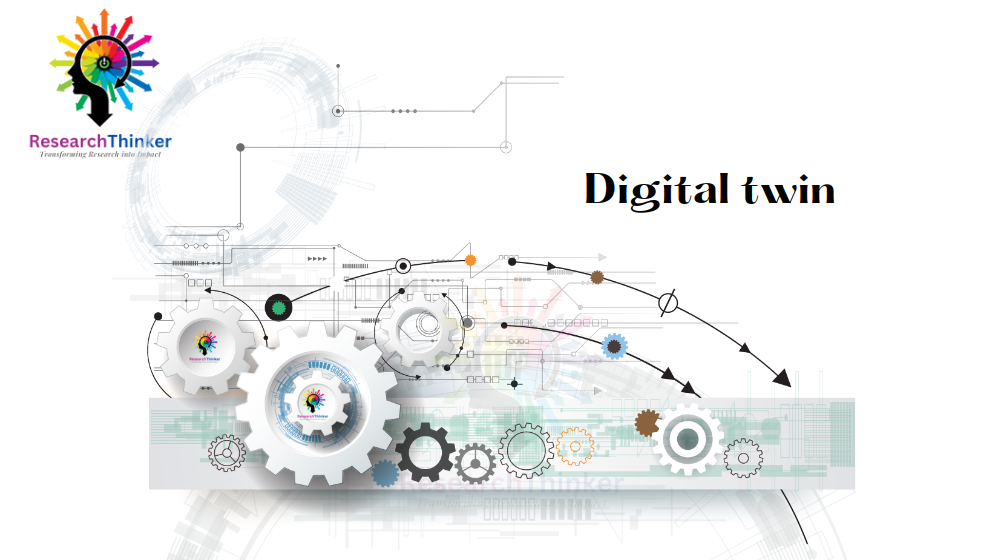Digital twins are extremely useful for manufacturing as they provide a virtual representation of physical machines, processes, and systems. Here are some ways digital twins can be useful for manufacturing:
- Predictive Maintenance: Digital twins can monitor the performance of physical machines and predict when they might require maintenance. This can help avoid unplanned downtime, reduce maintenance costs, and improve overall machine efficiency.
- Quality Control: Digital twins can be used to monitor and control product quality throughout the manufacturing process. This can help identify quality issues early, reduce waste, and improve overall product quality.
- Product Design and Development: Digital twins can be used to simulate and optimize product designs before they are physically manufactured. This can help reduce product development costs and time-to-market, as well as improve product quality.
- Process Optimization: Digital twins can be used to monitor and optimize manufacturing processes in real-time. This can help improve efficiency, reduce waste, and increase productivity.
- Simulation and Training: Digital twins can be used to simulate complex manufacturing processes and train operators on how to handle different scenarios. This can help reduce the risk of accidents, improve operator performance, and reduce training costs.
- Supply Chain Management: Digital twins can be used to simulate and optimize supply chain processes, from raw material sourcing to product delivery. This can help reduce costs, improve delivery times, and enhance overall supply chain efficiency.
Digital twins provide manufacturers with a powerful tool for optimizing their operations, improving product quality, and reducing costs. By providing a virtual representation of physical objects and systems, digital twins enable manufacturers to simulate and test different scenarios, identify potential issues early, and optimize their processes for maximum efficiency.





